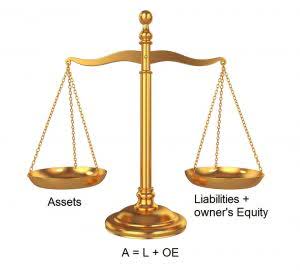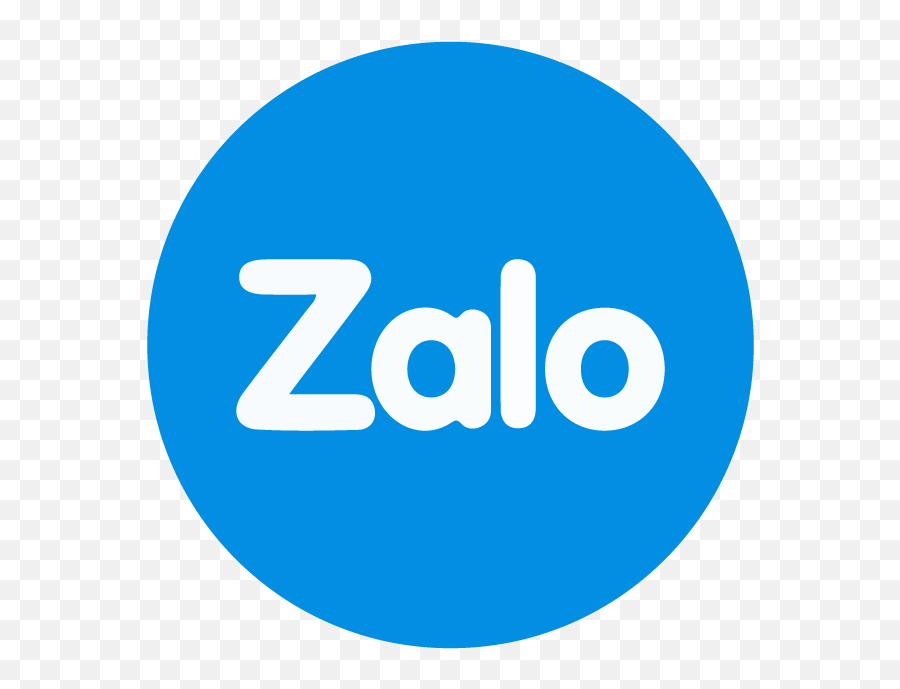
We will also examine the advantages and disadvantages of using a process costing system, the different process costing methods used in manufacturing, and the five steps involved in process costing. You will also learn how to record these job costs and where they appear on financial statements. Process costing is suited to situations where goods are produced in a continuous process, such as refining of petrochemicals. The method is compared to job costing, and a detailed illustration is developed. So the costs in Process 2 will include everything happening in that process, plus the costs that are attached to the partially completed product transferred in from Process 1. So a job costing system may have only one work-in-process, while a process costing system will have several.

Steps of Process Costing
- It helps management to understand the costs of producing goods and to identify areas where they can reduce costs.
- The education industry can also use process costing to calculate the cost of providing education.
- Direct labor is accumulated by units throughout the production process, so it is more difficult to account for than direct materials.
- Finally, the Packaging department, the place where shoes are matched by size and put into a retail box.
- Process costing is suitable for some businesses, which produces similar products, such as a footwear manufacturing.
A weighted average of units means the summation of the product of the rate and quantity of each item. A process costing system accumulates costs and assigns them at the end of an accounting period. Job order costing is an accounting system that traces the individual costs directly to a final job or service, instead of to the production department.
How a Costing System is Used

It is beneficial for manufacturing processes that involve repetitive tasks. Process costing provides an accurate picture of the cost of producing a product. It helps to determine each production unit’s actual price, allowing management to make informed decisions about pricing process cost system and production. Process costing helps in uniform product costing as it allocates the costs of each stage to the units produced, regardless of the order in which they were made. Process costing provides accurate cost tracking of each stage of the production process, allowing companies to identify areas where costs can be reduced or optimized. For example, some items that are classified as overhead, such as plant insurance, are period costs but are classified as overhead and are attached to the items produced as product costs.
Process costing
- Process costing systems assign costs to each department as the costs are incurred.
- Overhead costs can be particularly challenging to allocate in a manufacturing environment.
- These costs include expenses not directly tied to the production process, such as rent, utilities, and insurance.
- This method is helpful for companies that make products with consistent expenses, as it allows for a straightforward calculation of the cost of production.
- Process 1 involved preparing the raw materials for printing, process 2 is the actual printing, and process 3 is packaging the planners to be moved to finished goods inventory.
- The food industry uses process costing to calculate the cost of producing food products.
- Where degree of completion of opening work in progress is not given, average method is used.
The cost of raw materials can also affect the choice of a process costing method. If the cost of raw materials frequently fluctuates, a method that considers the actual cost of materials, such as the actual cost method, may be more appropriate. However, if the cost of raw materials is relatively stable, a method like the standard cost method may be more suitable. This involves evaluating the cost flow of materials from the beginning of the production process to https://www.bookstime.com/articles/drop-shipping-sales-tax the end.
Activity-Based Costing
Under this method, weighted average is computed and used in valuation of the incomplete units. In this method, the assumption is that the incomplete units from the opening stock are completed first and then the units introduced in the process are completed. The costs added in each process during the current period is prorated to the production necessary to complete the opening work in progress, to complete the units added in the process and units in the work in progress. For manufacturing with great work in progress, there will be a problem as management needs to estimate the equivalent of finished goods. Any error in estimation will impact the entire cost of inventory in that assembly line.

Process costing Process cost accounting
- It helps to determine each production unit’s actual price, allowing management to make informed decisions about pricing and production.
- At this point, Hannah’s company needs to precisely track the material cost and labor costs that are needed to make a batch of shirts.
- Process costing helps make effective pricing decisions by providing accurate cost information that can help determine the product’s selling price.
- This costing system is used when the costs of producing each individual unit are very similar, and it is difficult to track the costs for each individual unit throughout the production process.
- As a result, the workforce of Latin American workers has become an opportunity to attract foreign and multicultural talent, continuing to contribute to the potential growth of large U.S. companies.
Once the costs have been identified, they must be allocated to the appropriate cost centers. This can be challenging, especially if the company has a complex manufacturing process with many different QuickBooks cost centers. Misallocating costs can result in inaccurate cost calculations and misleading financial statements. Process costing is useful for manufacturers that need to control costs effectively. By using process costing, manufacturers can identify the cost drivers and take steps to reduce costs and increase profitability. Process costing is particularly useful for large-scale production, where the cost of production per unit is critical.





